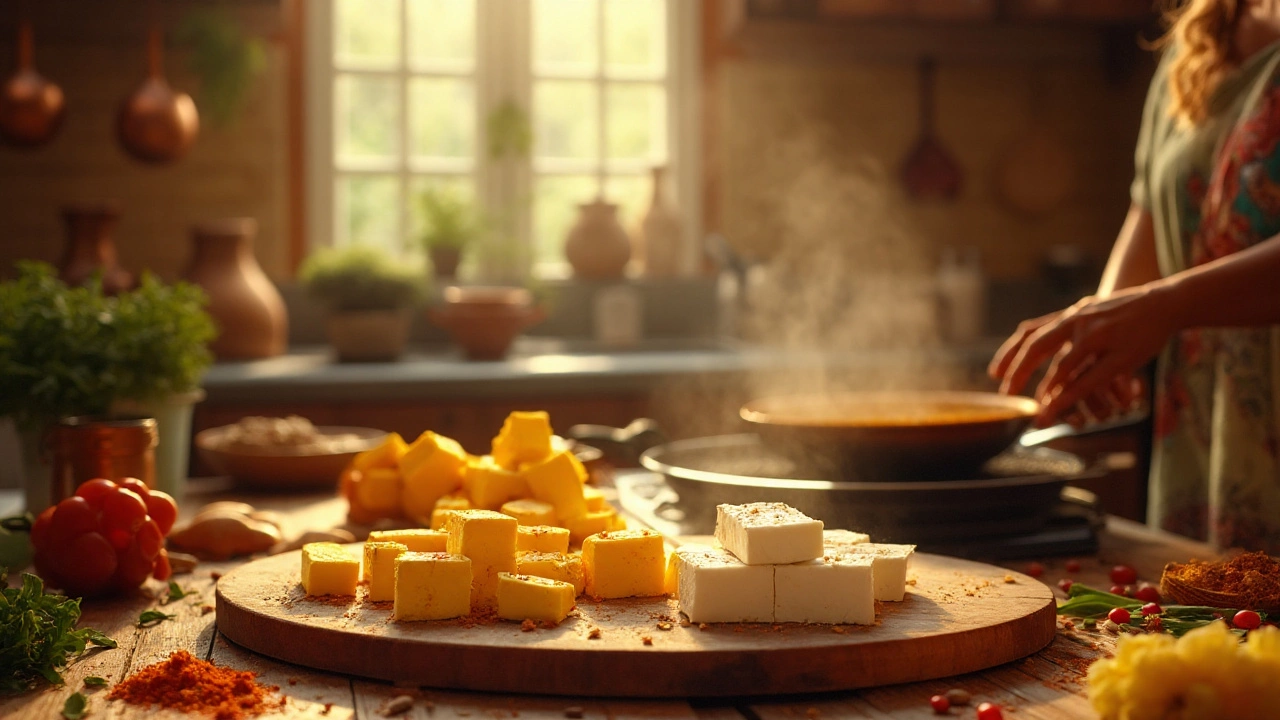Taste Comparison: Exploring Flavors Across Indian Dishes
When you think about taste comparison, the practice of measuring and contrasting how foods feel on the palate. Also known as flavor contrast, it helps cooks pinpoint what makes a dish sing. Flavor profile, the mix of sweet, sour, salty, bitter and umami notes in a recipe is the first piece of the puzzle. Add to that a spice blend, a balanced combo of ground or whole spices that gives a dish its signature aroma, and you’ve got the core ingredients that drive a taste comparison. Finally, regional cuisine, the local cooking traditions, climate influences and staple crops that shape how a dish is prepared adds the cultural layer. Together these entities form a web: taste comparison encompasses flavor profile analysis; taste comparison requires understanding of spice blends; regional cuisine influences taste comparison. By breaking down each element, you can see why a biryani from Hyderabad tastes different from one in Kolkata, or why a mango chutney from Gujarat feels brighter than a coconut chutney from Kerala.
Why Taste Comparison Matters in Indian Cooking
Every home cook benefits from a clear taste comparison, a systematic way to judge how ingredients interact. It explains why a squeeze of lemon in biryani can lift the whole pot, as our post on “Why Add Lemon to Biryani?” shows, or why adding a pinch of baking soda to roti dough changes the texture, as discussed in the “Baking Soda in Roti” article. When you compare the heat of a Goan curry to the mellow richness of a Punjabi butter chicken, you’re really measuring the balance of spice blend intensity and the underlying flavor profile. This approach also clears up common confusions, like the difference between chutney and relish, or why tomatoes spark debates in curry recipes. By treating each dish as a case study, you can spot patterns: dishes that rely on acidic components (lemon, tamarind) often need a milder base spice blend; recipes that are cooked over high heat (tandoori chicken) benefit from a thicker coating of oil and spices to prevent bitterness. Understanding these links lets you tweak a recipe on the fly—swap a heavy spice blend for a lighter one if the flavor profile is already strong, or adjust cooking technique to preserve delicate aromas. The collection below pulls together real‑world examples, from dal nutrition facts to the science behind curd in dosa batter, giving you concrete data to apply your own taste comparisons.
Armed with these insights, you’ll find the articles below a handy toolbox. Whether you’re fine‑tuning the crunch of a roti, figuring out how long chutney stays fresh, or debating whether a curry should be creamy or tomato‑based, each post adds a piece to the larger puzzle of taste comparison. Dive in, experiment, and let your palate do the comparing.

Paneer vs Tofu: Which Tastes Better?
Explore the flavor, texture, nutrition, and culinary uses of paneer and tofu to decide which one wins the taste test for your kitchen.